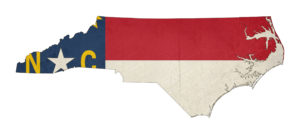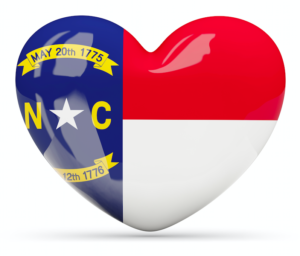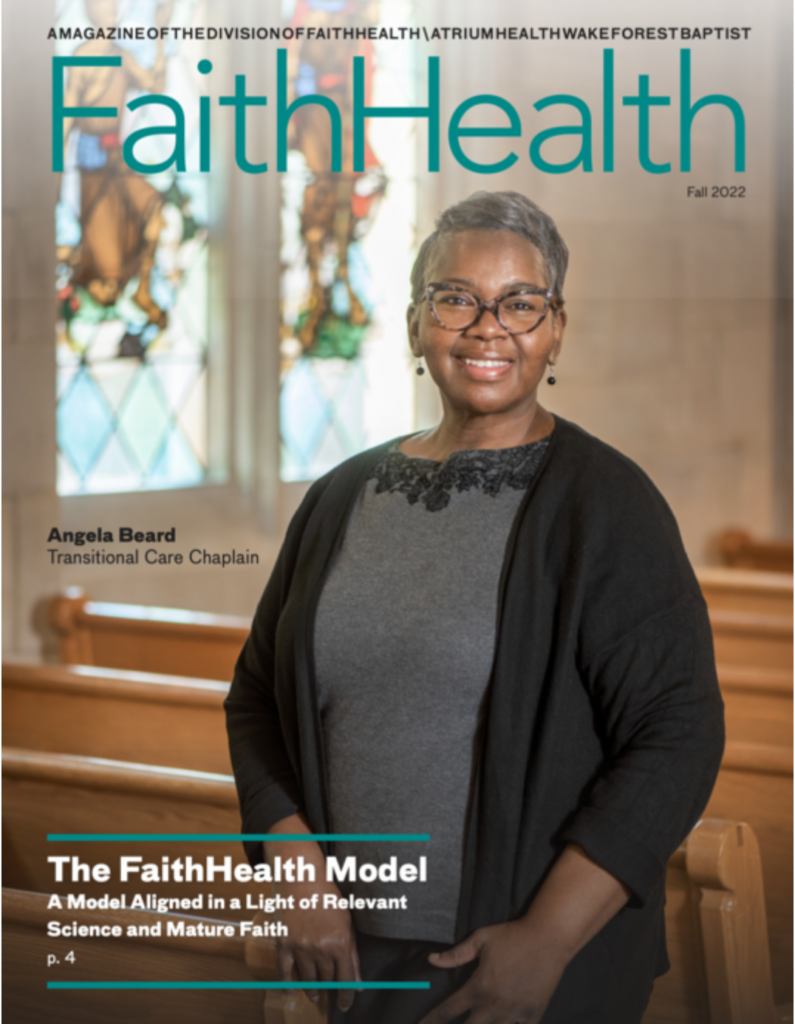This is the first of a three-part series, The NC Way
By Gary Gunderson
The way things work in North Carolina is as distinctive as its barbecue, basketball or how its people practice their faith—not that what happens to pigs and jump shots isn’t religion, too. Here, faith and health have been woven as tightly as cotton thread from at least the time of the Moravians.
Those Moravians sent 14 men down the Shenandoah trail to settle the quarter-million acres of Piedmont wilderness the crown had given them. One of the men was a German physician who shared his spirit of learning. He blended bleeding-edge European medicine — including actual bleeding with leeches — with herbal healing techniques of the Cherokee. The Moravians built a village system marked by neighborhood wellness monitors, and they trained clergy to accompany the medics. Today, we would say they were addressing “social determinants of health.” Home Moravian, the mother congregation of the regional province, now has a FaithHealthNC “connector” who is assigned from our Medical Center. Very North Carolina.
You’d expect a Medical Center called Baptist that displays a 35-ton Moravian star each year to figure out how to weave together faith and health so tightly it would lose the space between the words. We call our model FaithHealthNC—no spaces. But we’re not the only one doing this. We call the varied other ways the North Carolina (NC) Way.
Unexpected signs of caring
For instance, you might expect a health system in the eastern sands of the state, like Vidant Health, which is largely based in Greenville, or Southeastern Health in Lumberton, to work with faith networks; they serve large numbers of small communities across the broad coastal plain. You might not expect, though, that the University of North Carolina system also works with faith networks, unless you know that Dr. John Hatch did his seminal work with the General Baptist State Convention there, deeply imbedding into the system’s DNA an awareness of the vast array of social assets in the lives of its patients and communities. You may not expect Novant Health, with 15 hospitals and providers in four states, to know anything about spirit until you learn that one of its initial hospitals, Charlotte’s Presbyterian Medical Center, virtually invented parish nursing in the region.
You might be less surprised that Cone Health, started by a devout, community-minded Jewish textile family, has used parish nurses as community health workers for decades. Or that Asheville’s Mission Health, which now includes what was once known as St. Joseph Hospital, lives up to its name and invests in building relationships with the mountain congregations found in nearly every lane and hollow.
 You’d almost expect that Carolinas HealthCare, a sprawling system based in Charlotte, would figure out that in order to run a hospital in Anson County, among the poorest in the state, it would have to build a network of congregational partners along the lines of the Memphis Model that connects Methodist Le Bonheur Healthcare with 600 congregations. You’d expect to find workshops on FaithHealth at meetings of the NC Hospital Association and a quiet stream of funding for FaithHealth efforts by the three major state health philanthropies.
You’d almost expect that Carolinas HealthCare, a sprawling system based in Charlotte, would figure out that in order to run a hospital in Anson County, among the poorest in the state, it would have to build a network of congregational partners along the lines of the Memphis Model that connects Methodist Le Bonheur Healthcare with 600 congregations. You’d expect to find workshops on FaithHealth at meetings of the NC Hospital Association and a quiet stream of funding for FaithHealth efforts by the three major state health philanthropies.
Lighting up the imagination
The NC Way is lighting up the imagination of health planners across the religious and political spectrum. It’s rare to find a thought leader in our state who hasn’t heard about faith health work and wondered whether it might be part of the answer for rural health, mental health, enrollment, charity care, transitions in care, Medicaid, hospital associations and public health. Those are only a few of the statewide summits that have highlighted faith and health on the keynote circuit.
At its root, the NC Way is simple: Build partnerships with the social structures to give people a more reasonable chance of getting to the “right door, at the right time, ready to be healed and not alone.”
Of course, there are many ways of accomplishing that in this state, each as distinctive as that of the Cherokee healers and the Baptists of a bazillion different stripes. North Carolina has hundreds of congregations of nearly every faith in the world. Every one of them brings its own distinctive intelligence about healing.
The state was settled by Moravians, Quakers, Waldensians, Hutterites, Scotch Irish and others, and it was indelibly shaped by Africans, the Cherokee and others who share ugly chapters of captivity and torture, the remnants of which still linger. The NC Way only becomes more complex and intricately woven as the nature of the threads grows.
Figuring-it-out
The state grew around three industries: textiles, tobacco and furniture. These have nearly evaporated in the past quarter century, leaving hundreds of small towns intact but without a way to pay the bills. The state, once an icon of stability, is now a poster child for global economic formlessness, with social patterns continuing on the momentum of memory as we search for a new anchor.
One thing the state has in abundance is education, marked at the high end by the original four members of the ACC sports tribe: Duke, NC State, UNC and Wake Forest, three of which have the key medical research institutions. There are dozens of others: Davidson, East Carolina, Campbell, Shaw, state and community colleges, and some remarkable institutions you may not have heard of, like Piedmont International University or Fruitland Baptist Bible College. The NC Way is to figure it out, and in the meantime, to build institutions of higher figuring-it-out.
The state and so many of our counties have such low health status that you’d think the system was designed to fail. That’s partly because it was designed to help those already successful to succeed just one more generation. The NC Way is to help any individual, but we still tend to compete as groups, even if that traditionally meant cutting off a few rungs of the ladder needed by the young of others. A map of the census tracts that were poor and unhealthy eight decades ago would look pretty much the same today, with a few semi-urban exceptions where technology or economic opportunity intervened.
Read Part 2, Click HERE!
Read Part 3. Click HERE!

